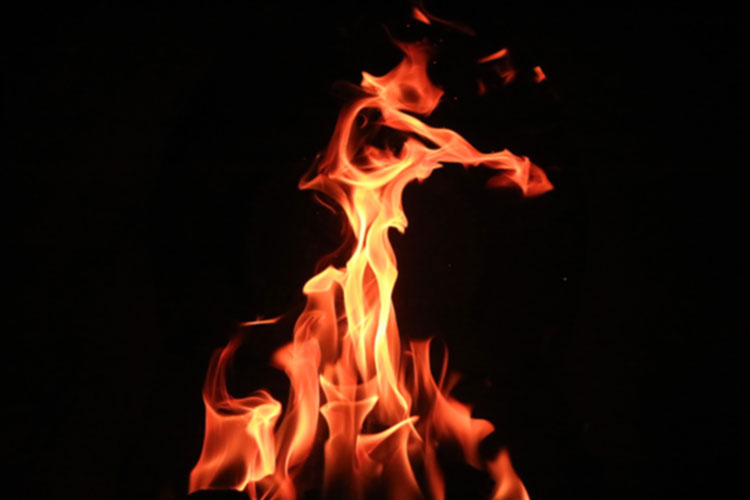
Returning Home: During a fire, it can be hard to tell exactly where the fire is burning, and most of the time, residents will not know the extent of their property damage until they return home. Even though it is tempting to try to return prior to a mandatory evacuation is lifted, it is essential that you wait until fire officials say it is safe so that you don’t put you or your family in unnecessary danger.
Reporting Losses: A good tip for before a natural disaster strikes is to walk through your house with a video camera, commenting on each item and speaking to its value (open drawers and closets). Store the video off-site. Another alternative would be to use the California Department of Insurance’s Home Inventory Guide (available on their website: http://www.insurance.ca.gov/).
Regardless if you have an archive of your belongings when you return after a fire, make notes and take photos of damaged items. Make sure not to repair anything or throw anything away until your insurance adjuster has inspected everything and documented losses. With most insurance plans, you have two years to replace items and 30 days from replacement to submit receipts.
Ecological Considerations: Erosion after a fire is a legitimate concern. However, in many cases, the land will regenerate on its own, and the best thing to do is to not walk on the exposed soil until plants have started to regrow. Before doing any major erosion control work, consult a local expert like the soil scientists with the National Resources Conservation Service (831-227-2901, a non-regulatory government assistance agency) to get guidance on the best approach to stabilizing your property’s soil.
Preparing for winter after a fire should be a top priority because as we have seen in recent years, mudslides are a real threat in California. Make sure culverts are cleared and that they are appropriately sized so that debris can move through easily. Have sandbags ready to protect structures from flooding damage and heed any further evacuation warnings during winter storms.
•••
Courtesy of the Education and Outreach Committee of Fire Safe Santa Cruz County. For more info, visit: www.firesafesantacruz.org.